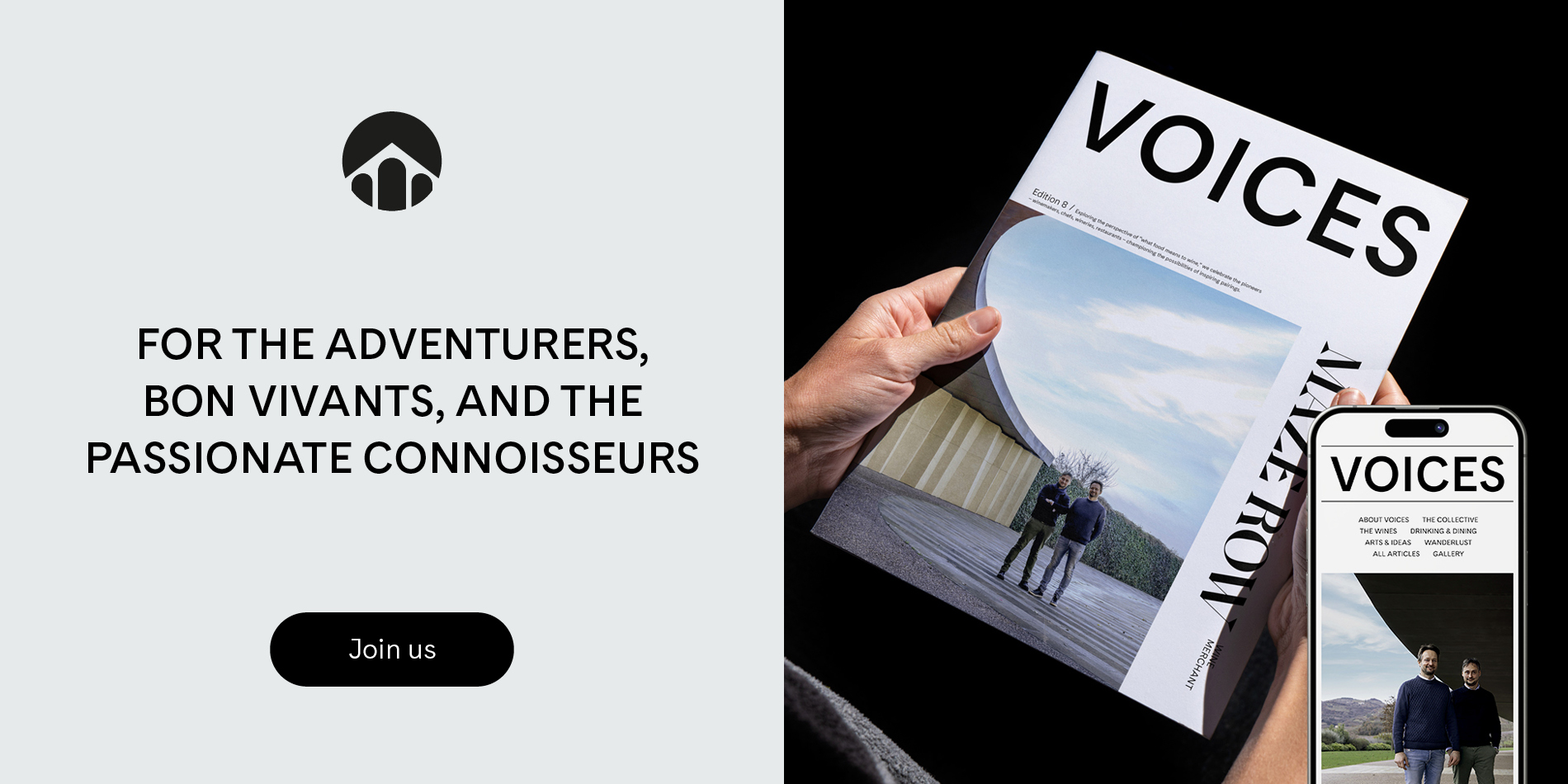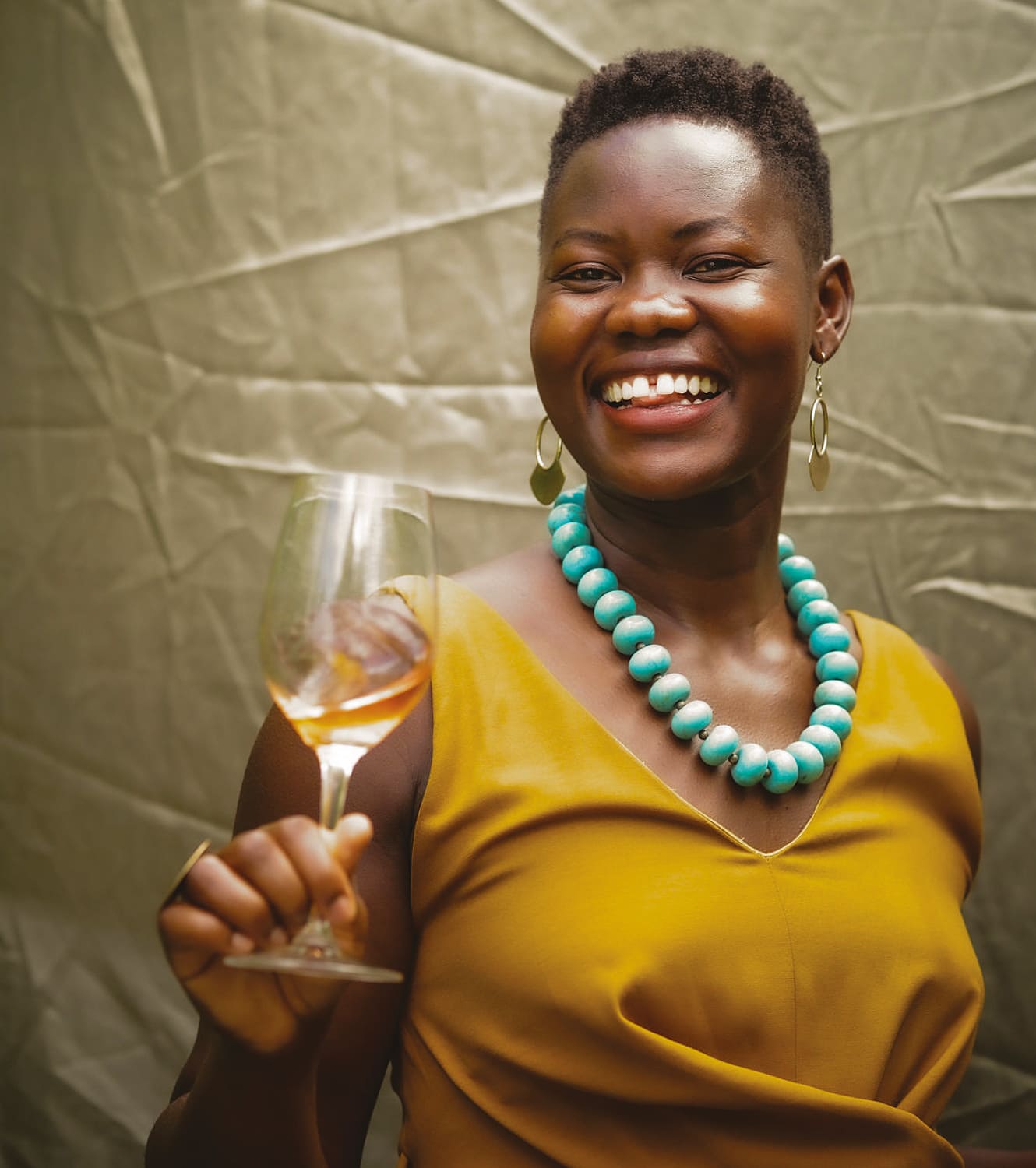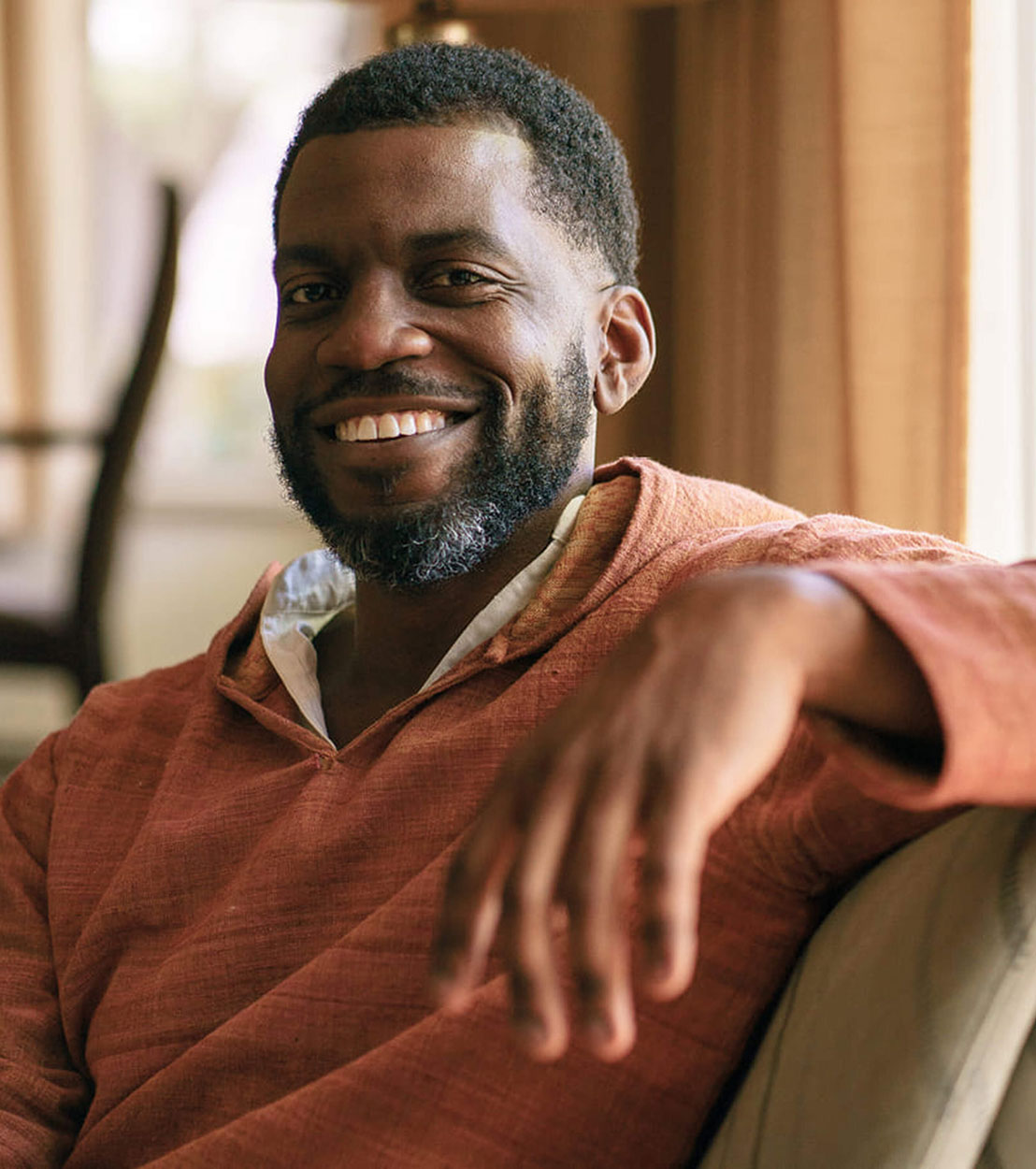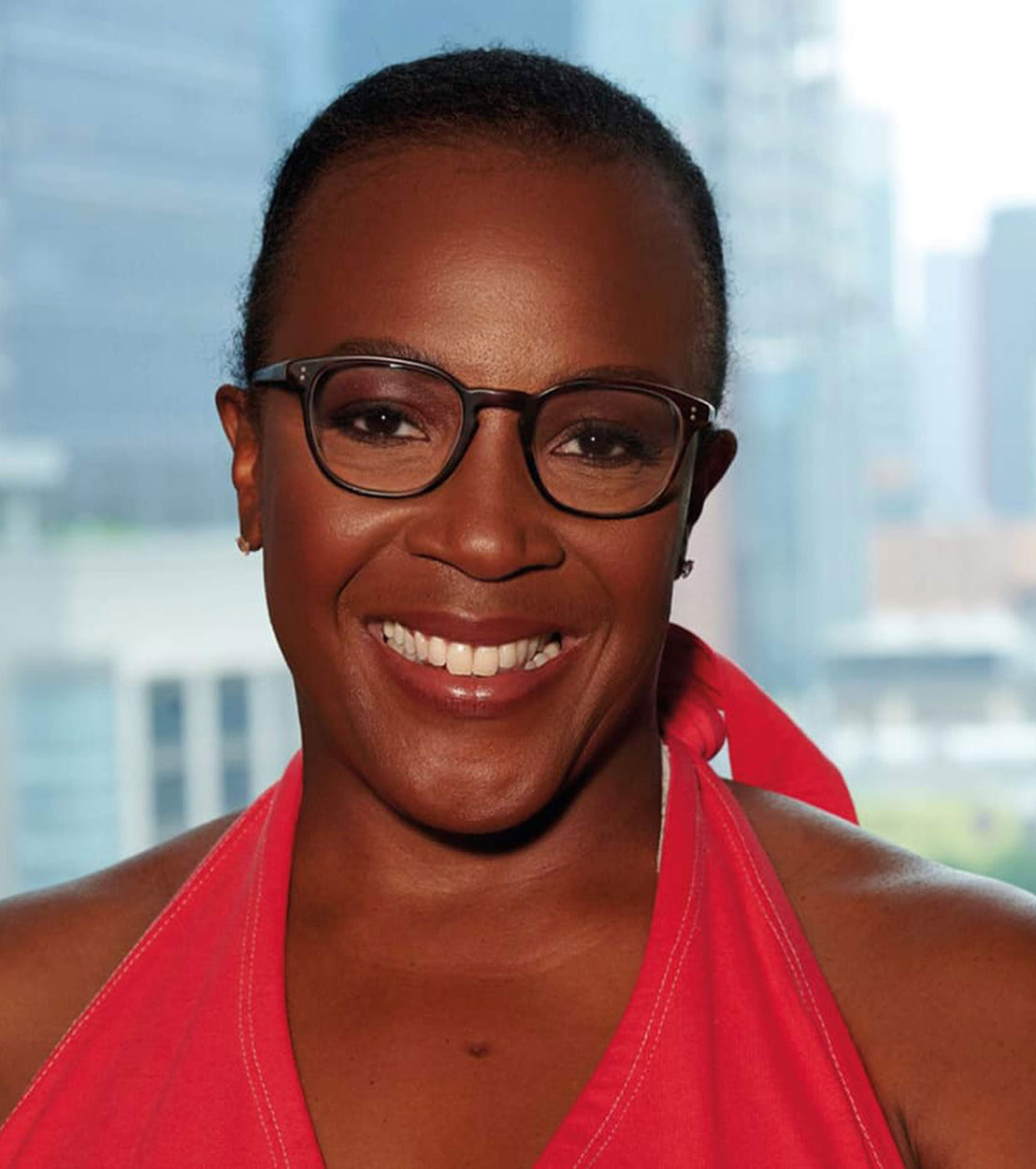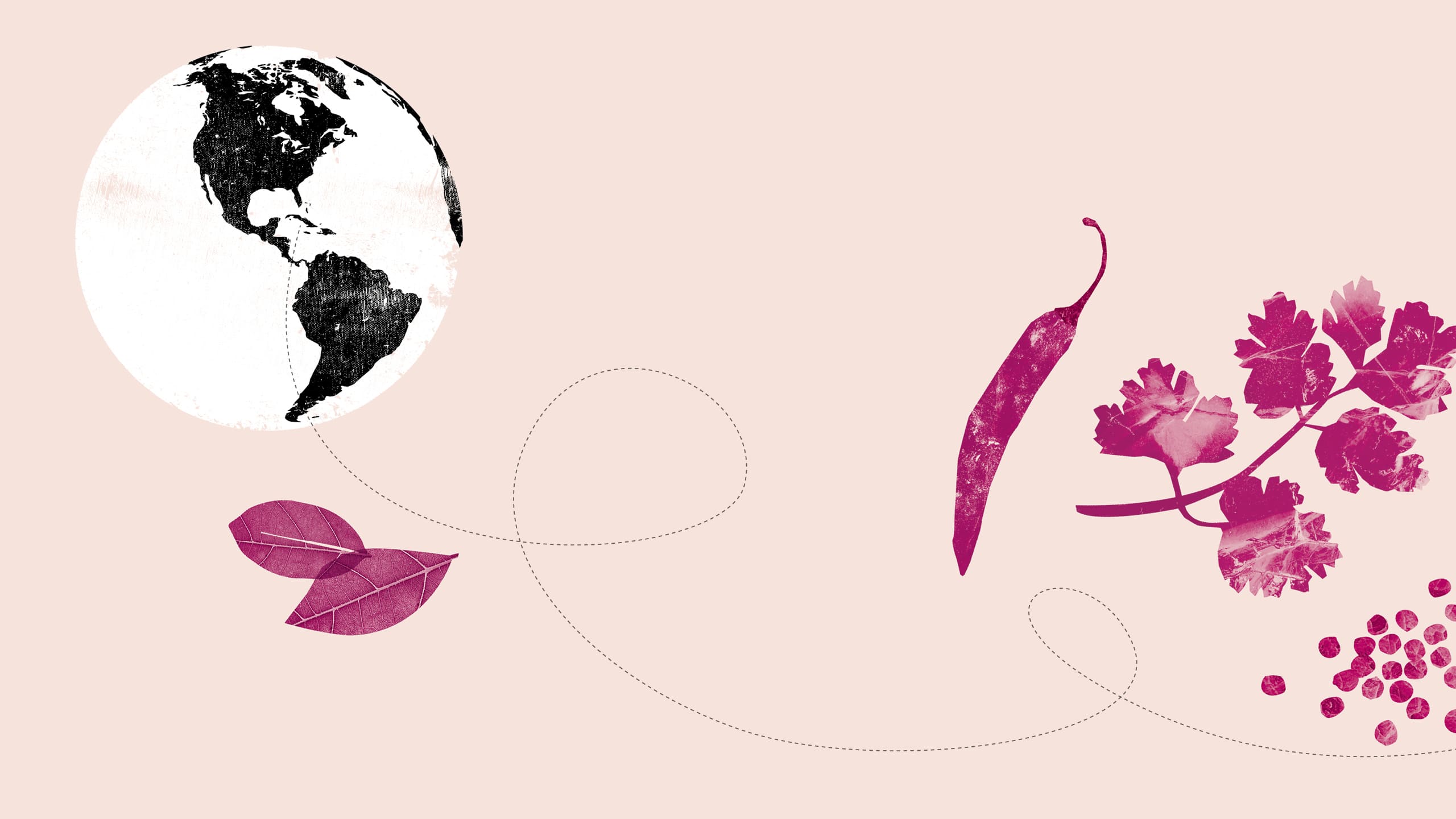
Recipes for change
Far from being just a list of instructions, cookbooks are increasingly personal, retracing a variety of experiences and heritages. Can this expanded view of storytelling through food help develop a new language of wine, asks Tamika R. Francis?
Cookbooks are usually filled with well-researched recipes that are tested with scientific rigor and accuracy, then tailored for the home cook. Recipes are meant to introduce new ingredients, sometimes exacting methodologies and yet, more and more, the cookbooks I have recently purchased or reviewed for my work have put themes like heritage, migration, identity, reclamation, and history at the forefront of publications.
Cookbooks, from my observation, have increasingly leaned on personal stories, bicultural experiences and nostalgia for home countries or the homelands of first and second generations, especially here in the US. Barbara Fairchild, former editor-in-chief of Bon Appétit magazine, recently spoke to this shift in the last 50 years to an audience at the Culinary Historians of Southern California.
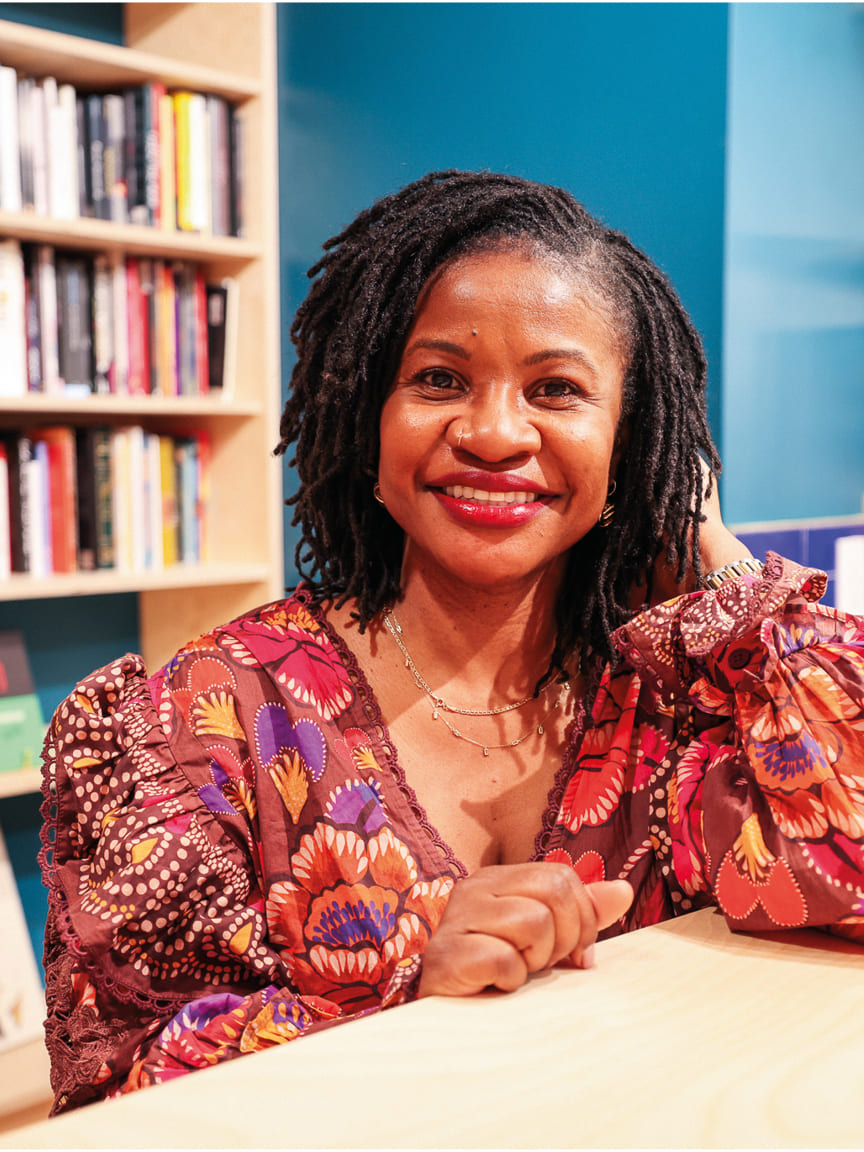

Portrait ©Charlie Febo. Illustration ©Simon Ward
KITCHEN CONFIDENTIAL
Here’s how I arrived at my cookbook habit. I grew up in the Global South, the Caribbean, in the 1990s – before access to the World Wide Web and the plethora of information that now exists. My island has a long history of African, Asian and European influence in food, passed on in less than linear ways – from different special classes and traditions. Oral history shaped how I learned to cook. There were rarely written recipes. Instead, everything was passed down orally.
Measuring was done with your palm, your eyes, and your intuition. You relied on your gut and your senses, as the kitchens I accessed were far less equipped with tools and electronic gadgets. You learned by watching first, then by doing. You were taught why things were done a certain way and were sternly warned about the importance of following specific procedures. You sometimes learned where a recipe came from and its cultural significance, all through stories and demonstrations. For me, before any culinary training and international travel, the flavors I learned then were my mother tongue.
In my 9th-grade Food & Nutrition class,I encountered my first typewritten recipes. They were photocopies from a notable cookbook. I made a mental note of the author and the book’s title. A few years later, in 2000 to be exact, after my first paycheck, I bought my own copy of The Real Taste of Jamaica by Enid Donaldson (originally published in 1996) for my mom as a Christmas gift. She still has it today.
That’s when I fell in love with cookbooks, especially the headnotes – the few lines of engaging text that offered context to a recipe, much like the stories shared by the matriarchs I had grown up learning from. Cookbooks became a road map to introduce me to the stories of other home cooks, chefs and foodways. Since then, I’ve amassed a vast cookbook collection.
LOST IN TRANSLATION
During this last decade as a by product of working in the culinary world, I peeked into yet another world, that of wine, initially as an outsider with feelings of being an imposter, and later on, after a few liquor store wine tastings and a girls’ trip to the Napa Valley, I adopted the language I heard in the wine world. I made references to notes of oak and stone fruit, and dryness, trying desperately to find my place in a tradition that I barely understood, in a space in which I had way less language and experience to truly appreciate. I often ponder if wine could be paired with goat meat?
I enjoy wine, like many in the culinary field, yet my understanding of wine would be considered basic and bordering non-existent. At least until I sought out knowledge and connected with colleagues such as Alice Achayo, of The Wine Linguist. Through her work expanding the language of wine, Alice helped me with initial (re)accessing my first food language, the one I developed many years ago on that Caribbean island, the palate I refined as the observer in the kitchen, but now in the context of wine.
For the first time, I understood my own preferred flavor profiles, and confidently proclaimed my favorite stone fruit as mango, not peach. My wish is that the language of wine, much like the evolution of food literature in the last two decades, can move beyond technical jargon and varieties, tapping into culture, heritage, and identity to enrich its narrative – offering a space for my bicultural, immigrant experience, and welcoming more culinarians and home cooks into wine. These lessons from food literature can serve as a blueprint for the wine world to expand, making room for more inclusive stories of flavor and tradition.
FOOD FOR THOUGHT
The evolving focus of food literature and cookbooks offers a promising model for wine education and communication. I offer some insight from two notable cookbooks, both published in 2024, whose authors I had the honor of meeting on respective legs of their cookbook tours in Boston, Massachusetts.
My first example of a body of work that leans heavily into identity and personal reflection, forging emotional ties through memoir is Hetty Lui McKinnon’s Tenderheart: A Cookbook About Vegetables and Unbreakable Family Bonds, a remarkable culinary and literary presentation. The book opens with a poignant quote from Francis Weller’s The Wild Edge of Sorrow, anchoring the narrative in themes of grief and love. This sets the stage for a celebration of vegetables that is as much about their culinary diversity as it is a deeply personal tribute to McKinnon’s late father, Wai Keung Lai. Her father, who worked in Sydney’s wholesale fruit and vegetable markets for decades, profoundly influenced McKinnon’s appreciation for fresh produce and the stories they carry.
“My wish is that the language of wine, much like the evolution of food literature in the last two decades, can move beyond technical jargon and varieties, tapping into culture, heritage, and identity to enrich its narrative”
The 500-plus-page book, organized alphabetically, is a guide to vegetable cooking and a heartfelt memoir. McKinnon’s recipes are deeply rooted in her cultural and familial experiences, showcasing her ability to weave personal history into universally appealing dishes. The book ends with a note on Ching Ming, a festival honoring ancestors, and the role of culinary rituals in processing loss, tying together its themes of remembrance and connection. What if wine education leaned into personal connection to the occasion, ritual or celebration at which wine might be served, and centered the memory like Lui’s Tenderheart?
Another of my favorite titles, When Southern Women Cook: History, Lore, and 300 Recipes by Toni Tipton Martin and Morgan Bolling, explores Southern cuisine as more than just a collection of recipes, but an embrace of the region’s rich cultural, historical, and emotional identity, with contributions from over 70 writers. The recipes are contextualized and some modernized through the rigor of America’s Test Kitchen. However, the most noteworthy reference from Morgan, that I have since given deep thought, is the idea that “the South is not just a place, it’s more of a feeling.” It sets the tone for understanding how the book transcends traditional notions of a cookbook and geographical place.
Toni and Morgan’s work weaves a nuanced narrative about the South as a terroir of sorts and not just of geography, but of identity and lived experience. As a foreign-born American, that reference has opened up a curiosity into the foodways of both the geographical south of the Mason-Dixon line, but also a reclamation of Southern foodways that are often at the mercy of stereotypes. This idea mirrors the way terroir in wine extends beyond soil to encompass the influence of people, traditions, and time. Here, recipes and foodways become the lens for demonstrating how the South’s intangible way of life shapes its tangible flavors.
Food and wine, like language and other elements of culture, are not static; they evolve.
Just as cookbooks have shifted from being simple “how to’s” to vibrant insight into culture and heritage, wine communication can also lean into this nuanced storytelling. Whether it’s adding in the personal, the emotional, and the rituals of consumption, it can invite a broader and more diverse audience to find their place at the (wine) table.
When I seek out a wine selection now, it’s not just about mouthfeel or acidity – it’s about the memory of mangoes and my Caribbean summers, the people I prepared those first meals with, and the richness of finding a bridge between the familiar (home) and the new (home). I think the opportunity in food and wine lies not just in mastering technical jargon but in reclaiming and sharing the unique languages of our lives and peeking into that of others.
Tamika R. Francis is the founder of Food & Folklore, a company that pays homage to underrepresented global food traditions.
We recommend
THE LINGUIST
Alice Achayo is on a quest to diversify the language of wine through food – specifically world cuisine. We met the Boston-based wine consultant and founder of The Wine Linguist
DOORS OF PERCEPTION
John Irwin delves into the art of wine talk and explores how our individual cultural backgrounds influence how we see the world – and taste it
ORIGIN STORY
With High on the Hog, Stephen Satterfield looks at US history through the lens of Black food to weave richly layered critical narratives. He speaks with Jordan Mackay
NEW PERSPECTIVES
Alicia Towns Franken, executive director of nonprofit organization Wine Unify, talks to Kyla Marshell about race and diversity (or lack of) in the wine business
